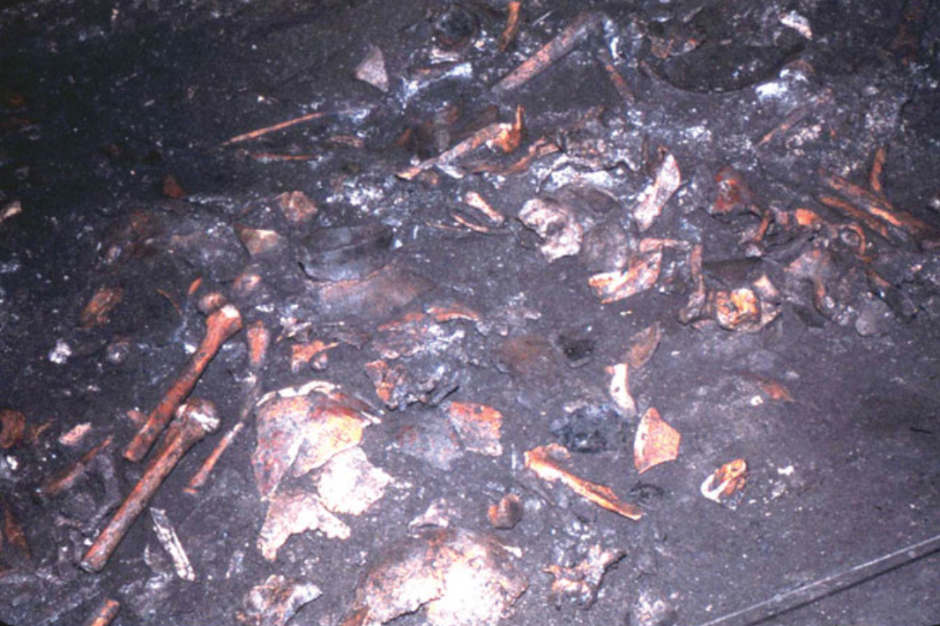Scaloria Cave
- Period: Neolithic
- Location: Italy
- Burials: 22-31 individuals
- Archaeologists: Robb, J., Elster, E., Isetti, E., Knüsel, C., Tafuri, M., & Traverso, A.
- Related Keyword/Categories: Inhumation, Secondary Burial, Identity

Robb et al. (2015) examine a Neolithic burial site found at Scaloria Cave, located in northern Puglia (south-eastern Italy). This region was densely occupied during the sixth millennium BCE by small groups of families living in villages. They depended primarily upon domesticated plants and livestock for survival. There is a wide range of burial practices at these sites including single burials, multiple burials, cranial retrieval, curation and re-deposition, and exposure of the dead to the elements. Scaloria Cave consists of numerous deep chambers with low accessibility, where the Neolithic people used to place fine pottery vessels to collect water dripping from stalactites. The Upper Chamber of the cave was also used intermittently for the disposal of the dead. The burial sample includes an estimated 22 to 31 individuals, but due to the highly fragmented nature of the remains, the actual total is likely much higher. The majority of remains belong to juveniles and young adults, and both males and females are present. There are no particular patterns of disease or trauma, although cribra orbitalia is common (evidence of iron deficiency). There are five unique burial patterns present in this sample: 1) collective secondary burial, 2) individual burials whose skulls were removed, 3) isolated skulls, 4) single burial without grave goods, and 5) single burial with grave goods. All of the remains were found disarticulated and mixed preventing identification of specific individuals. Analysis of the remains showed that there were bones that were deliberately broken and some had evidence of cut marks to remove flesh and ligaments, or to disarticulate. Based on the skeletal and burial evidence, Robb et al. (2015) argue that these remains weren’t really burials of individuals but rather disposal of skeletal elements from individuals. Strontium isotope analysis (which can help determine where individuals were originally from) showed that these bones came from a range of locations within the broader region. It is more likely that these were parts of individuals rather than complete bodies. The surviving community members selected parts of the recently and long ago deceased, either removing bones easily from the skeletonized remains or defleshing the bones to remove them from the larger body. These were then deposited in the cave as part of a larger regional ritual. But what did this act mean? Bones were carefully defleshed and cleaned prior to disposal in the cave- so they weren’t discarded like trash. Robb et al. (2015) suggest that this ritual may mark the end of the mourning period for this community. As we’ve discussed before, death is a rite of passage. It is a three-part process involving 1) a separation of an individual from their previous identity, 2) a liminal phase of separation and lack of identity, and 3) a final stage where the individual rejoins society with a new identity. Both mourners and the deceased go through this process as the dead goes from alive to dead to becoming an ancestor, and the mourners transition from a life with the deceased to a life without. The deposition of the bones in the cave, in a manner that is both careful and careless, may act the end of the mourning period as the bones are cleaned and the transition to death is complete.
References: Robb, J., Elster, E., Isetti, E., Knüsel, C., Tafuri, M., & Traverso, A. (2015). Cleaning the dead: Neolithic ritual processing of human bone at Scaloria Cave, Italy Antiquity, 89 (343), 39-54 DOI: 10.15184/aqy.2014.35


